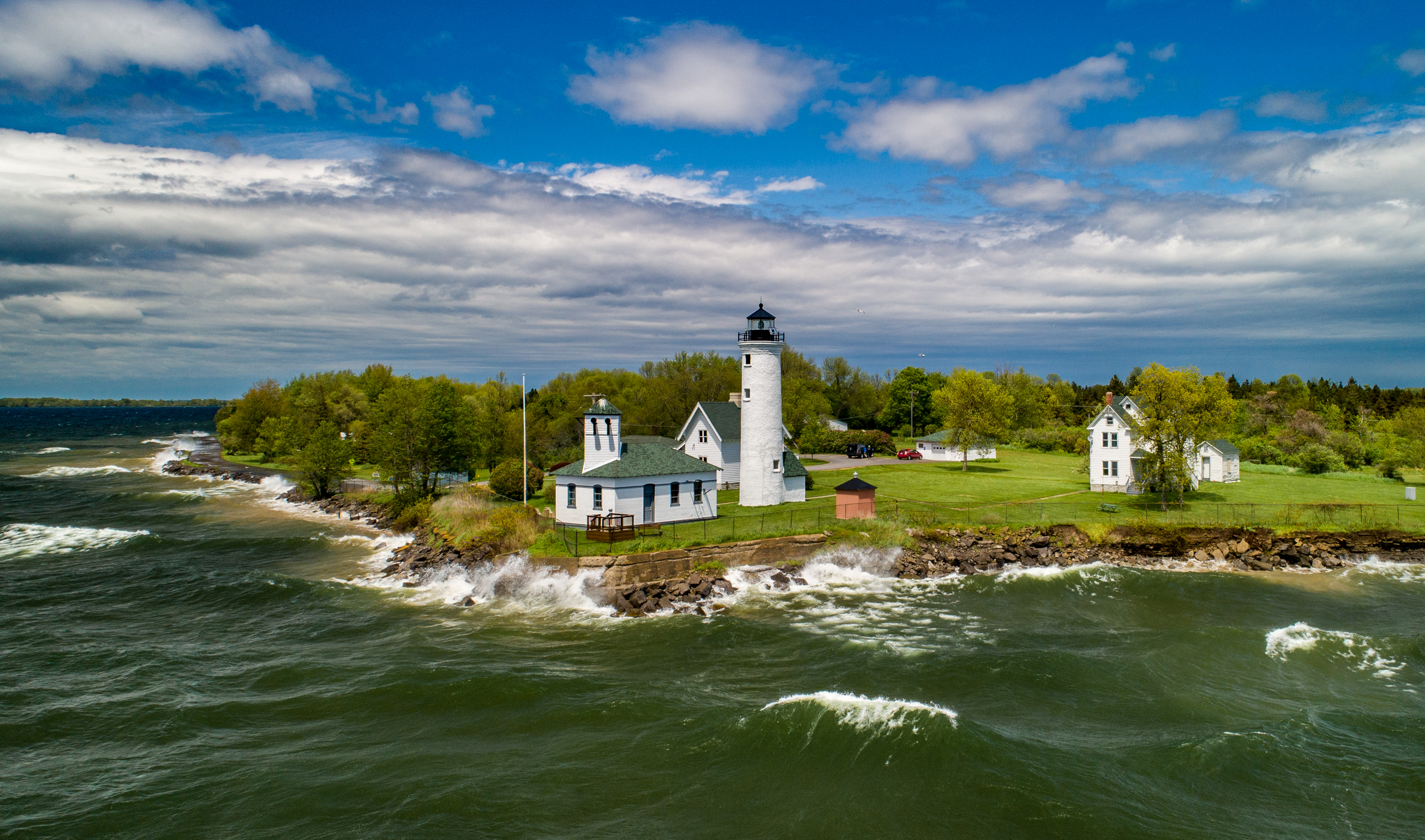
The National Oceanic and Atmospheric Administration (NOAA) has announced the designation of the Lake Ontario National Marine Sanctuary, a 1,722 square-mile area of eastern Lake Ontario, as the country’s 16th national marine sanctuary, the third in the Great Lakes Region, and the first in the state of New York. This designation recognizes the area’s nationally significant maritime history, culture, archaeological resources, and scenic value.
The process to officially designate the area as a national marine sanctuary began in 2017 and concluded with NOAA’s decision on June 6.
The establishment of the Lake Ontario National Marine Sanctuary allows NOAA to create site-specific regulations that seek to protect the area’s historic and scenic assets and create opportunities for community involvement and education efforts in collaboration with the State of New York. The designation aims to enhance public access and tourism opportunities within the region, providing more equitable opportunities for Americans to access a recreational and communal amenity that promotes scenic beauty.
National marine sanctuaries are systems of federally protected waters that are home to rich biodiversity, endangered species, and significant underwater archaeological sites. The National Marine Sanctuaries Act of 1972 empowers NOAA to designate and protect marine environments of national importance for their “conservation, recreational, ecological, historical, scientific, cultural, archaeological, educational, or aesthetic qualities.”
The eastern shores of Lake Ontario protected in the sanctuary are an extremely historically significant region, containing locations that have been critical to notable events in maritime innovation and trade, American industry, and military conflict. The area contains navigational aids, remnants of piers, and historic properties that may contain religious and cultural significance. The region is home to several indigenous groups including the Onondaga, Cayuga, Seneca, and Oneida Nations.
The sanctuary also contains nationally significant submerged maritime heritage sites. The area has 41 known shipwrecks discovered over several decades — including the St. Peter, a schooner that sunk during a storm in 1898 and is on the National Register of Historic Places — a submerged airplane, and 19 potential additional shipwrecks. These archaeological resources represent an important part of the nation’s maritime history, and the designation signifies their importance to the historical and cultural character of the region.
The designation of the Lake Ontario National Marine Sanctuary also highlights the importance of federal protection for these areas, as they can become susceptible to natural and external threats such as extreme weather, invasive species, or artifact removal. These measures can help protect these regions from damage to their historical, cultural, and scenic qualities, ensuring their preservation for generations to come.
The designation further protects the waters from permanent visible human-based development. Preserving the unbroken visual appeal of the aquatic landscape is supportive of both the environmental and scenic value—and therefore the tourism value—of the area.
In contrast to these issues, the designation of Lake Ontario National Marine Sanctuary safeguards vital scenic resources that preserve the unique character and legacies of the region in ways that promote visual beauty and responsible development. The emphasis on open spaces in the sanctuary provides opportunities for accessing outdoor recreation, protecting plants and wildlife, promoting community pride, driving economic growth, and enhancing our mental health.
The NOAA’s designation of Lake Ontario National Marine Sanctuary demonstrates important commitments to scenic beauty along the lake’s coast, which will benefit their communities and all Americans alike for decades to come.